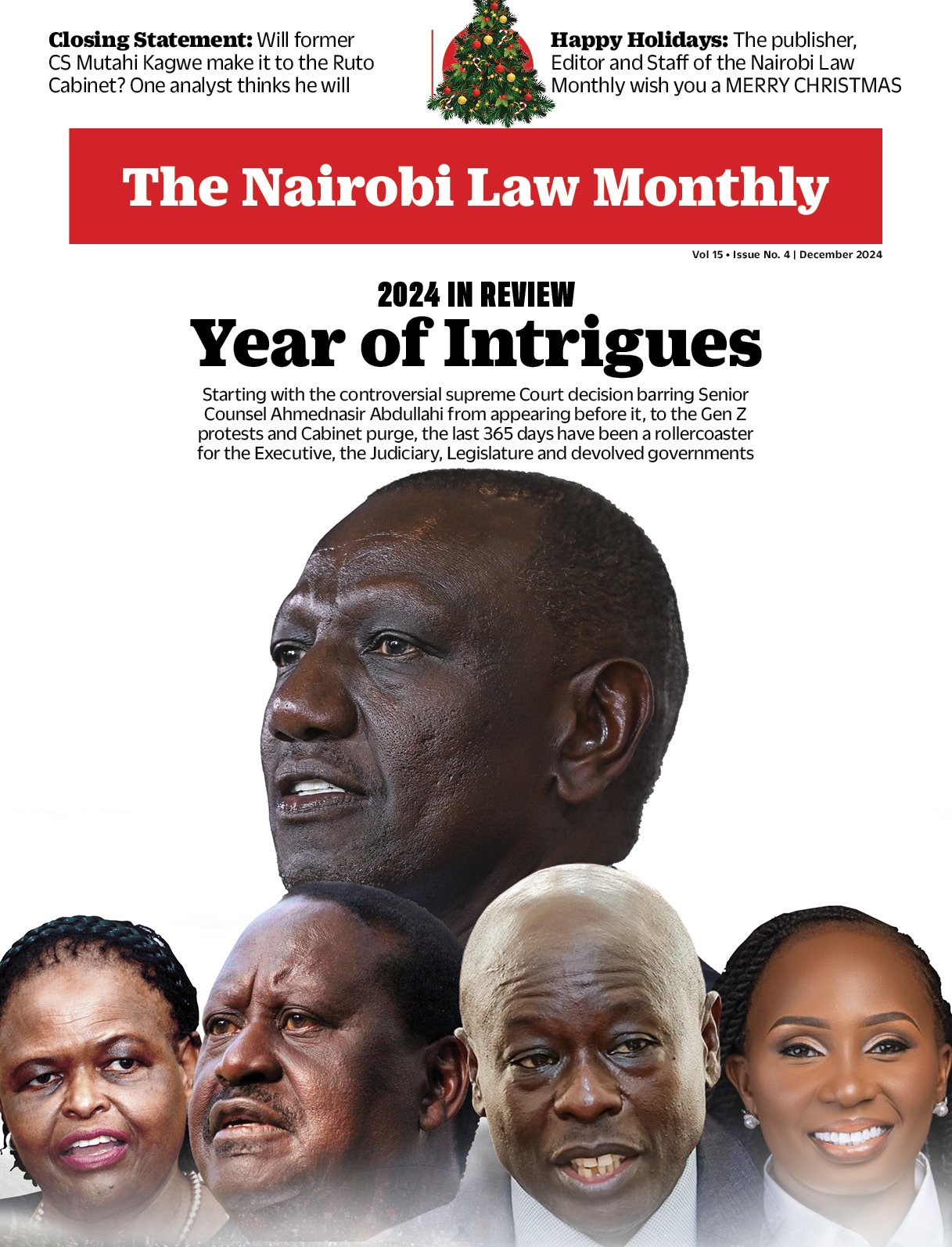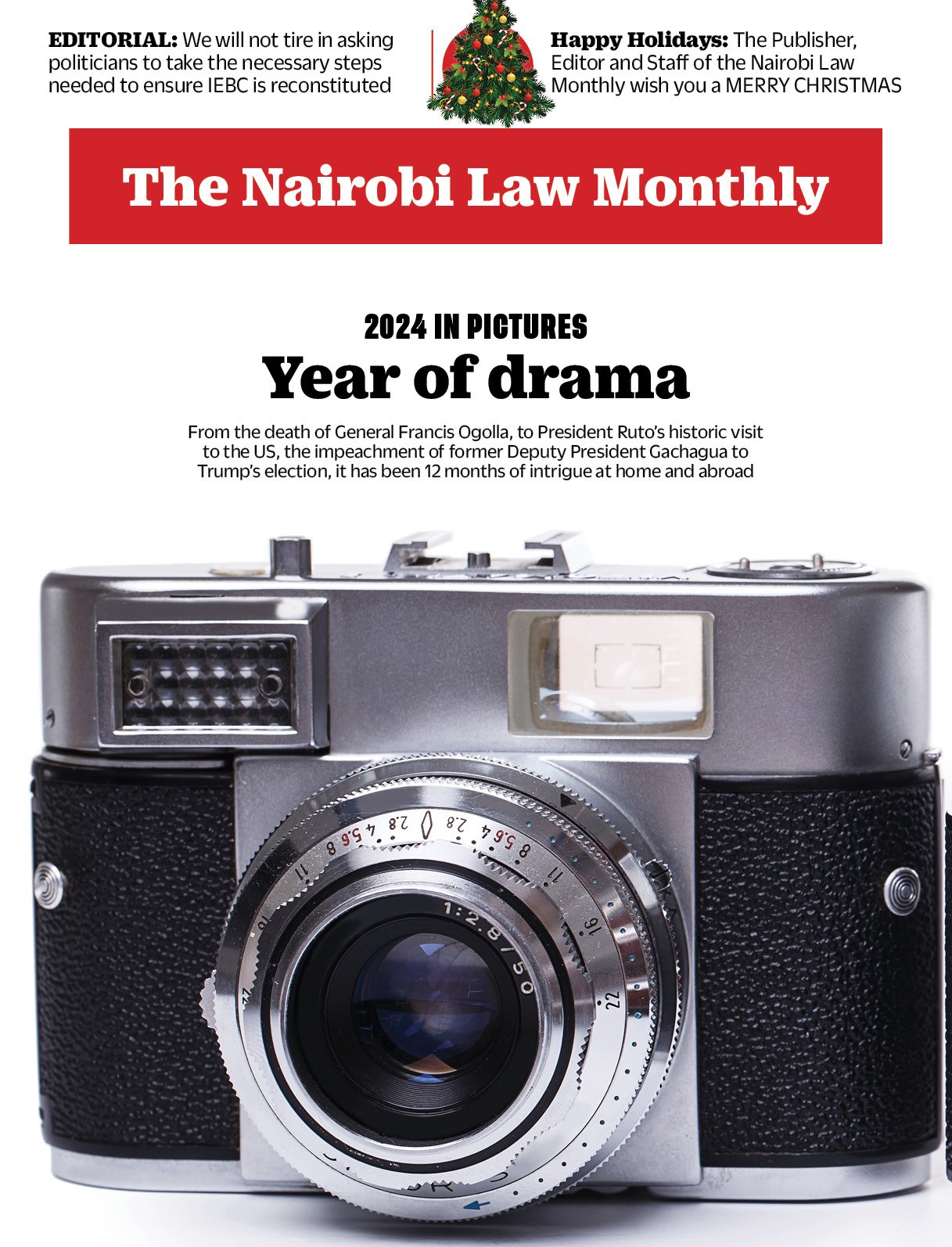By Frank Endong’a
In the heart of Kenya’s arid expanse, where the echoes of conflict have resonated for decades, the persistent clash between the Pokot and Turkana tribes defies the simplistic narratives that have shrouded its true nature. This journalistic exploration peels back the layers of oversimplification, exposing the complexities that hinder meaningful resolution efforts.
Background: Decades of Strife and Multifaceted Causes
For generations, the Pokot-Turkana conflict has marred the landscapes with the sombre shadows of loss—of lives, property, and precious livestock. Diverse reasons, ranging from cattle raiding to disputes over regional boundaries (such as the ongoing struggle over Kapedo), fights for sections of land with pasture and water, incitement from political leaders, and an array of other factors, have contributed to the perpetuation of this enduring conflict. Despite decades of turmoil, efforts for peace initiated by local communities and organisations like the National Cohesion and Integration Commission (NCIC) have met with limited success. Even disarmament endeavours by the Ministry of Interior, while well-intentioned, have struggled to make a significant impact. These approaches, although commendable, prompt us to question whether we are genuinely comprehending the conflict from a diversified viewpoint.
The Overarching Conflict: Myth or Reality?
The prevailing notion of an all-encompassing war between the Turkana and Pokot communities is a formidable obstacle to understanding and resolution. This oversimplification paints a picture of undifferentiated entities rallying for war on opposing fronts, neglecting the nuanced diversity within these tribes. This report seeks to dismantle these generalisations, bringing to light the intricacies and
dispelling the myths surrounding the conflict.
Human Diversity in the Heart of Conflict
Humanity, by its very nature, thrives on diversity—biological, cultural, and experiential. As we navigate the myriad facets of life, responses to circumstances vary. The assertion of unanimous support for violent conflict within a Turkana village, for instance, becomes questionable under scrutiny. This investigation challenges the assumption of homogeneous animosity between the Pokot and Turkana, acknowledging the internal diversity within both communities.
Divergent Groups: Unveiling the Truth
A careful examination reveals distinct categories within these communities—those actively participating in conflict and those indifferent yet well-meaning. The former orchestrates attacks, while the latter perceives conflict as senseless and futile. This distinction debunks the prevailing myth of a monolithic agreement for hostilities, presenting a more complex reality.
Whispers of Peace Amidst Strife
Contrary to the prevailing narrative, evidence of well-meaning groups within Pokot and Turkana emerges. Momentary ceasefires, small-scale businesses continuing during periods of violence, and proactive individuals warning of impending attacks paint a picture of a community not uniformly supportive of conflict. These behaviours underscore the potential of established connections between members to act as a supplementary force for peace.
Redefining Approaches: From Conflict to Collaboration
Differentiating between conflict-pursuing and well-meaning groups unveils an opportunity to redefine the approach to conflict resolution. Initiatives should pivot towards connecting individuals with aligned interests rather than attempting to bring entire communities together. Recognising pre-existing ties and encouraging dialogue can forge resilient partnerships capable of withstanding tension strains.
Optimising Efforts: Targeting Specific Groups
Targeting specific groups optimises efforts and ensures the sustainability of peace initiatives. The goodwill of select groups can be harnessed for ambassadorship within their communities, acting as advocates for nonviolence and cultivating trust between the Pokot and Turkana. This approach taps into the potential for cooperation, establishing bonds that encourage accountability and mutual concern for each other’s well-being.
A Call to Action: Embracing Collaboration for Resolution
In summary, this journalistic endeavour encapsulates a central idea: Inter-ethnic violence is not homogeneous, and the cooperation within and between conflict-pursuing and well-meaning groups is not only possible but imperative. Individuals committed to conflict resolution must embrace this view and dedicate themselves to fostering collaboration between the Pokot and Turkana.
The solution doesn’t emerge from weariness but from collaborative efforts, and it beckons us to recognise and work with the groups that hold the keys to achieving lasting peace. The responsibility lies with us to unveil the layers and pave the way for a new narrative—one of collaboration and understanding amidst the echoes of decades-long conflict.


